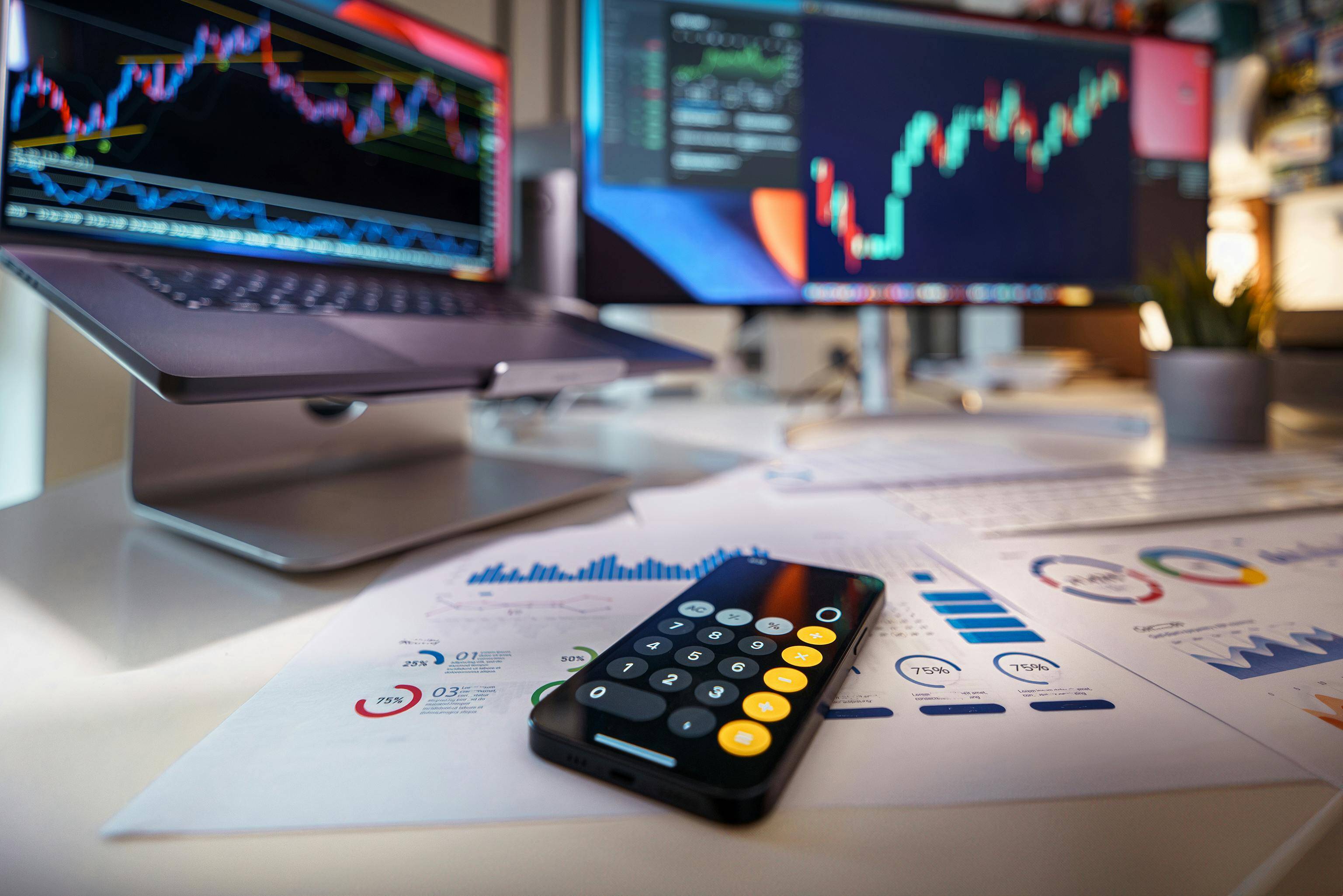Modern-day pricing is so much more than a numbers game. When thought about correctly, it’s a powerful way to build your brand and drive more profits.
But how do you access the full power of pricing? The key is to understand the psychology that goes into a pricing strategy, and this article is a perfect place to start.
To continue our series of articles about different pricing strategies, in this article we’ll discuss what psychological pricing is, how it works, and what you need to build a great psychological pricing strategy.
What is psychological pricing?
To understand why psychological pricing works, we need a quick lesson in marketing and pricing psychology. Take a look at Maslow’s hierarchy of needs, which is a theory of how humans prioritize different things in their lives. At the bottom of the pyramid are physiological needs - you know, the things we as humans truly need for continued survival. These include food, water, shelter, rest, oxygen...et cetera.

Above the physiological needs are safety needs. In other words, once you have the basics of survival covered, humans become more concerned about their general safety and security.
After worrying about safety and security, the theory states that humans care about belonging and community. We want to build friendships, experience love, and the “gezelligheid” that comes from being around other people. After community, people begin caring more about themselves and their aspirations. The next tier above belonging is “Esteem” and the very last tier (the one at the tip of the pyramid) is “Self-Actualisation.”
Chances are you know all of this already, especially if you work in e-commerce marketing. Maslow’s hierarchy is a foundational element of modern marketing theory… so, why is it being mentioned again? When you, your pricing team, sales team, and marketing teams want to create a psychological pricing strategy, you should refer back to Maslow’s hierarchy to serve as guidance for the strategy. As you’ll see shortly, this framework gives you the freedom to be creative in your strategy, while also making sure it is effective.
So the answer to why psychological pricing works is because these strategies are based on a deep understanding of what drives people, not just customers. To even get started, marketing teams, pricing teams, and sales teams need to have a deep understanding of what drives people, not just customers.
Talk to one of our consultants about dynamic pricing.

Examples of psychological pricing strategies
They are everywhere, and are employed by some of the top global companies like Amazon, Hershey, Motorola, Apple, and Costco. In this section, we’ll highlight a few examples of psychological pricing tactics, many of which we’ve already written about extensively on Omnia’s site.
1) Value-based pricing
Value-based pricing is a basic pricing strategy, but it’s one of the hardest to pull together because it requires an excellent understanding of the market and a lot of self-reflection. In a value-based pricing strategy, you use your price as a way to control consumer understanding of your product. Do you want to be seen as a luxury brand? Then you probably should have a luxury price. Do you want to come off as the best value-for-money option on the market? Well, your price should reflect that.
Value-based pricing requires a lot of research into your target market, competitive landscape, and business goals. That means a lot of cooperation across departments, but that cooperation is a great way to build a more cohesive strategy.
2) Odd-even pricing
Odd-even pricing is a psychological pricing tactic that uses the power of number psychology to drive consumers to action. The odds and the evens refer to the numbers in a price: “odd” retail prices feature mostly odd numbers (like €7.99), whereas “even” prices feature mostly even numbers (like €8.00).
Most often we see prices that end in odd numbers, but even prices have their own psychological power. Odd-even pricing can be used strategically in several different ways, whether it’s to offer strategic discounts or just create a price that is memorable. Below is an example of how Uniqlo does exactly that - the company is discounting a shirt that originally cost €24.90 (a mostly “even” price) down to €7.90 (a more “odd” price).

3) Charm pricing
Charm pricing is very similar to odd-even pricing. In a charm pricing strategy, companies use prices as a way to elicit an emotional response in consumers and drive them to action. Some of the most notable examples of charm pricing can be seen in late-night infomercials. These pricing strategies are notable for their specificity, exceptional bundling strategies, and, often, their delivery, for example “3 for €20”.
Strategies for success:
How small but impactful moves can influence consumers
There are a number of ways to influence buying decisions and, under certain conditions, retailers can actually get consumers to spend more. Certain nudges and strategies, which are simple and easy to implement in nature are referred by Dan Thwaites and Patrick Fagan, co-founders of Capuchin Behavioural Science, who shared their knowledge with Omnia Retail’s customers at Price Points Live 2022.
The Decoy Effect
This is a technique used by retailers to push consumers toward two product options that are similar in value (such as a microwave) by introducing a third one as a decoy that is much more expensive. Adding a decoy is considered “a violation of rationality” by introducing cognitive bias against it. Consumers are pushed toward the other two options without even knowing it.
Academic Dan Ariely shared in his book Predictably Irrational, Revised and Expanded Edition: The Hidden Forces That Shape Our Decisions a study he did to show how well the decoy effect works. In his experiment, he presented three options for a subscriptions to his students to choose from:
1) Online-only access for $59.00 a year
2) Print-only access for $125.00 a year (the decoy)
3) Online and print access for $125.00 a year
16% of the students chose the first option, none chose the second option, and 84% chose the third option. Ariely then removed the decoy option. Even though no one selected the second option in his earlier experiment, this time with only two options, the results showed a considerate shift. When given only two options, 68% of the students chose the online-only access for $59.00 a year, and only 32% chose the online and print access option for $125 a year.
The Anchoring Effect
This is a little more complex than the decoy effect, however, it is still geared towards creating cognitive bias by steering a consumer to a certain product or brand or price based on the belief that it is the best option. Certain information is presented to the consumer to which they become anchored to. This is done intentionally.
For example, if a retailer was conducting research and asked how much a consumer would pay for a smoothie that had collagen production ingredients in it, the only information the consumer would have to go on is their previous experience with buying smoothies, because they wouldn’t know what the cost is for collagen-inducing ingredients. Or, perhaps a retailer is wanting to push sales for a new waffle-making machine and it is marketed as having cutting-edge technology for perfectly shaped waffles with new mechanics to prevent spills or messing. Consumers may latch onto the idea of something being “new and improved” versus previous experiences with older machines.
The Precision Effect
Does €4.99 look less expensive than €4.00? A number of studies and papers have been written about this theory, including the journal paper entitled “The Price Precision Effect: Evidence from Laboratory and Market Data” in Marketing Science by Manoj Thomas, Daniel H. Simon and Vrinda Kadiyal from Cornell University. These academics coined the term “the precision effect” which ultimately suggests that prices with rounded numbers, such as €20.00, look larger - or more expensive - than €25.55 for a product. In addition, one of their studies found that homeowners spent more money buying houses when properties were listed with rounded numbers. The precession effect can be used by retailers to increase sales and ultimately improve turnover.
Nudging consumers means understanding buying behaviour
During times of economic difficulty, retailers need to dig deep into the pockets of creativity to connect with concerned consumers and to sustain profit and growth. Consumers are the beating heart of retail and e-commerce and understanding how they think, feel and spend during times of financial success as well as financial stress is pertinent to e-commerce’s survival. Using these strategies shared by the Capuchin co-founders, as well as many other nudging tactics, can be a game-changing move on the part of the retailer in surviving inflation or any other global phenomenon.
Psychological pricing advantages and disadvantages
Psychological pricing strategies are extremely advantageous, but are also hard to set up. Here are a few of the pros and cons for these techniques.
Advantages of psychological pricing
- Get a better understanding of the playing field: When you aim to use a psychological pricing strategy, you need to do a lot of research into who your competitors are, what strategies they are using, and what your target audience thinks of those pricing strategies. This research gives you tons of insights that you can use across the organization.
- More organizational alignment: A psychological pricing strategy should never be carried out by an isolated pricing team. Instead, these strategies require serious cross-department commitments and communications.
- More strategic: With a psychological pricing strategy, you can actually be proactive in your strategy. Rather than just trying to maximize profits or break even, you can consider things like public perception of your products, competitor comparisons, and more.
Disadvantages of psychological pricing
- Complex: Psychological pricing strategies are complex. They require a lot of cross-organizational cooperation and insights. This makes them hard to set up and stick to.
- Time-consuming: Because psychological pricing strategies require in-depth research, they can be time-consuming to set up. If you invest in software (like Pricewatch or Dynamic Pricing) the job becomes easier, but it still takes a lot of energy.
Final thoughts
The term “psychological pricing” can cover any number of pricing strategies, several of which we’ve covered in this article. But there are no limits — in all honesty, any pricing strategy that uses consumer ideas about product value is inherently psychological, so feel free to be creative. What is most important though is internal alignment. Psychological pricing strategies work best when they align with marketing and sales to ensure a cohesive experience for the user across your webshop.
Read more about interesting pricing strategies here:
- What is Dynamic Pricing?: The ultimate guide to dynamic pricing.
- What are the best pricing strategies?: Read about 17 pricing strategies for you as a retailer or brand.
- What is Price Monitoring?: Check out everything you need to know about price comparison and price monitoring.
- What is Charm Pricing?: A short introduction to a fun pricing method.
- What is Penetration Pricing?: A guide on how to get noticed when first entering a new market.
- What is Bundle Pricing?: Learn more about the benefits of a bundle pricing strategy.
- What is Cost Plus Pricing?: In this article, we’ll cover cost-plus pricing and show you when it makes sense to use this strategy.
- What is Price Skimming?: Learn how price skimming can help you facilitate a higher return on early investments.
- What is Map Pricing?: Find out why MAP pricing is so important to many retailers.




